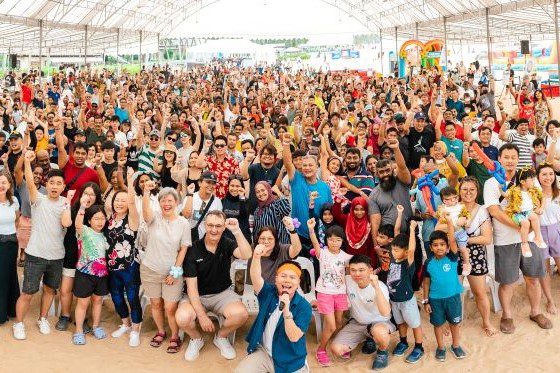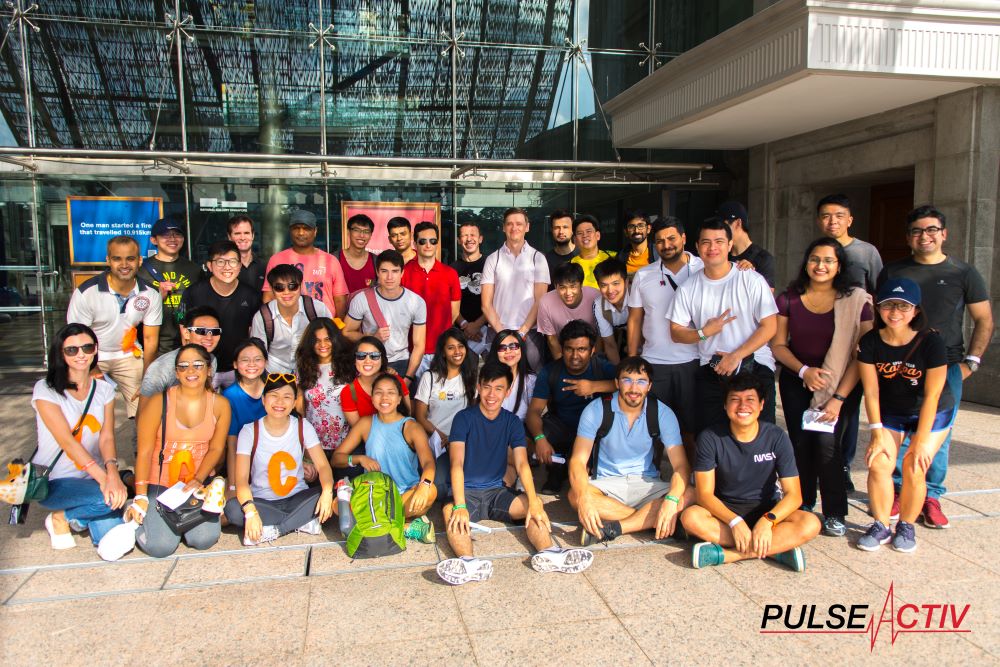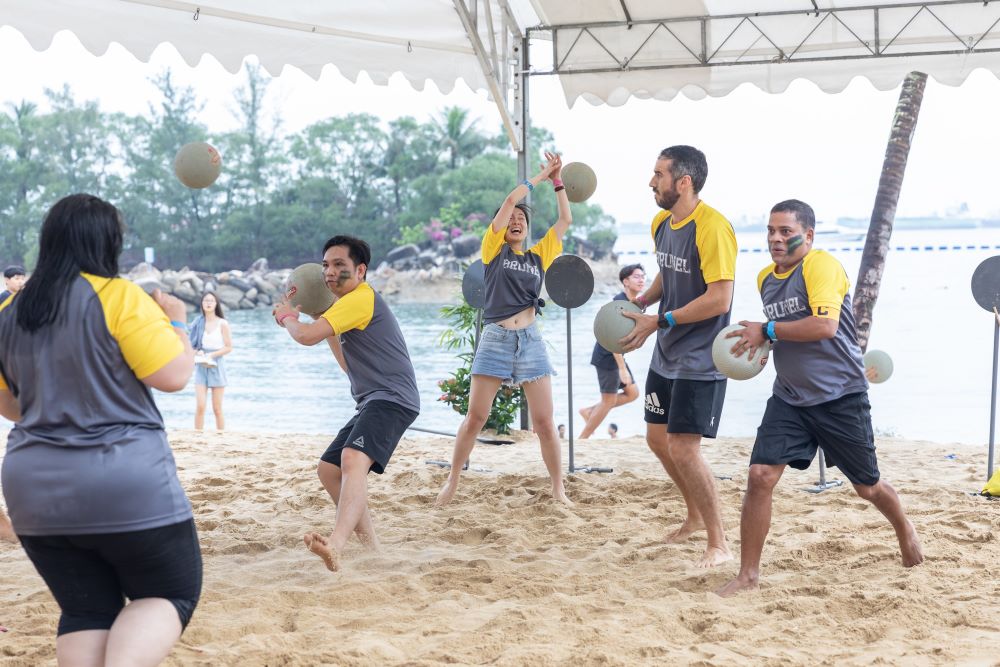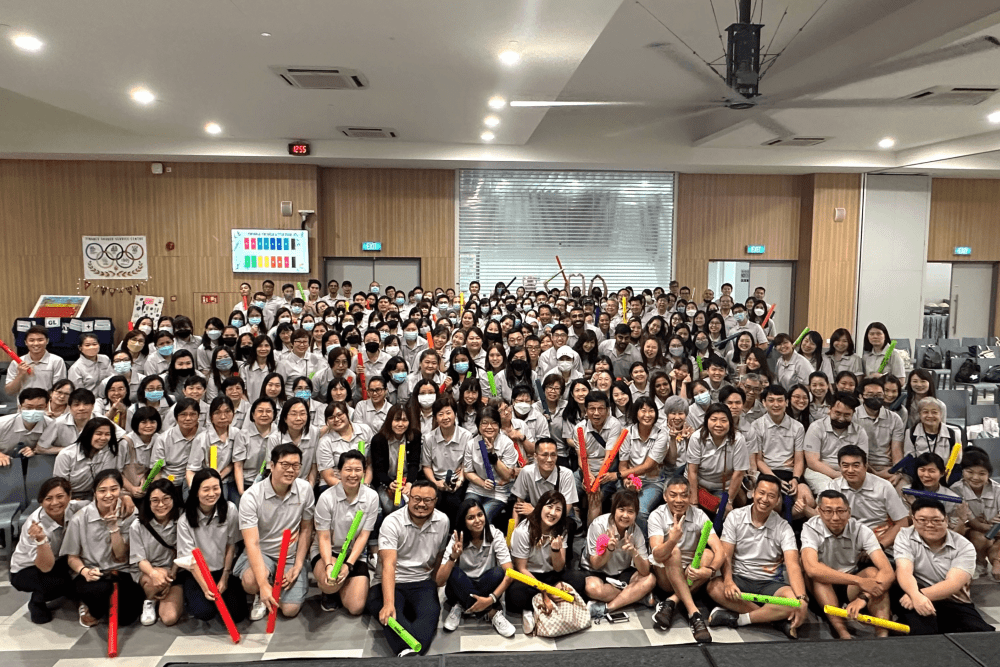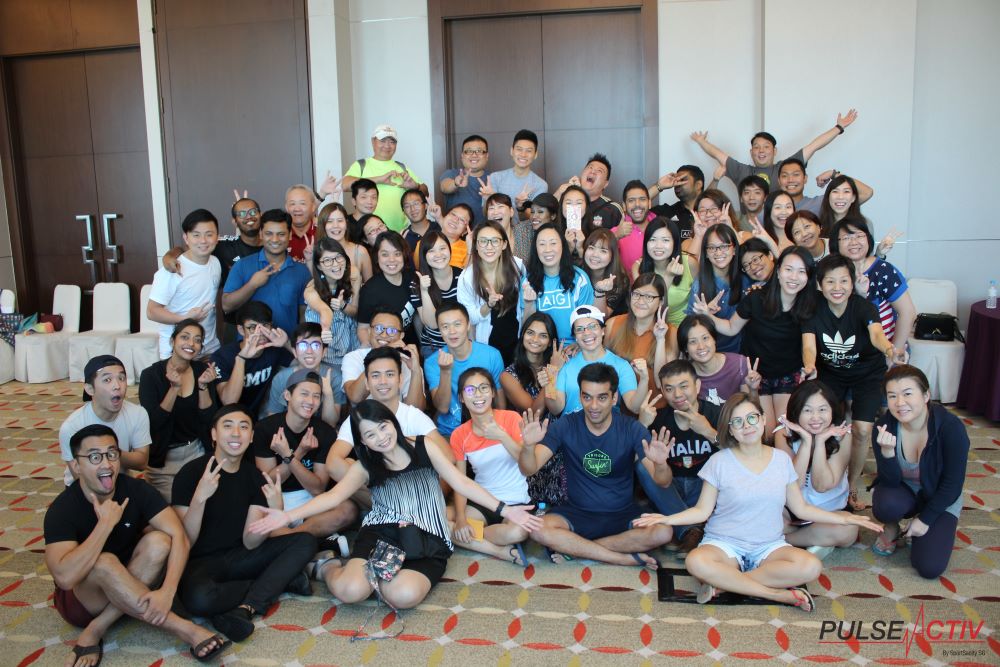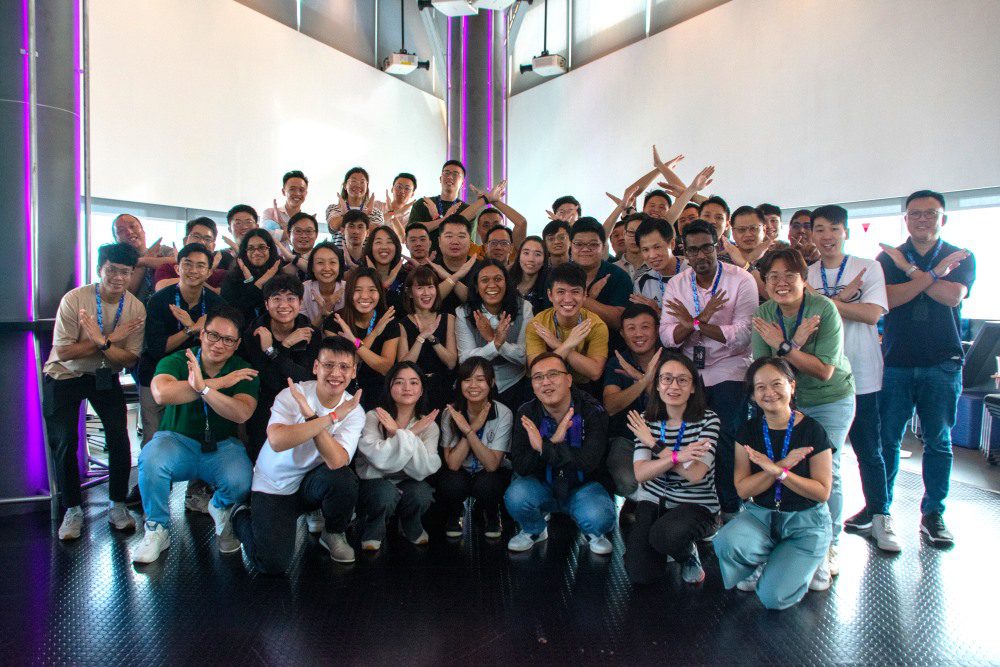Beyond the Brochure – How to Choose the Right Venue in Singapore for Your Corporate Event
Planning a corporate event in Singapore — be it a team-building day, staff retreat, or family carnival — begins with one key decision: the venue.
It sounds simple, but with so many options and configurations out there, choosing the right space can quickly become overwhelming.
We previously shared a basic introduction to venue types, but after hearing from clients who had follow-up questions or ran into unforeseen challenges, we decided to take things one step further.
This updated guide offers a much deeper look at how to select the right venue — covering everything from hidden fees to wet weather contingency planning and real-world tips from events we’ve managed.
Venue Types in Singapore – What Are Your Options?
Most venues in Singapore fall into one of two broad categories:
1. Venue + Food (A la carte model)
This refers to venues where you pay a rental fee for the space and engage your own caterer separately — either independently or through the venue’s preferred list.
Common examples: Marina Barrage indoor spaces, Lifelong Learning Institute, community halls
Why choose this model:
- Typically more affordable
- Greater flexibility in vendor and menu selection
Estimated total cost: $25–$40/pax
(Based on $10–$20 venue rental, $10–$15 catering, and $5–$10 for tables, chairs, and miscellaneous logistics)
Things to consider:
- Not all venues include furniture, sound systems, or AV setups — these are often charged separately.
- You’ll likely need to coordinate more logistics and vendors.
Logistics Tip:
Chair rental ranges from $1 (PVC) to $5–$10 (banquet style). Skirting adds $5–$15 per piece. Tables are around $15–$30 each. For smaller-scale events, renting through your caterer might be more cost-effective, as third-party vendors often charge $150–$250 just for delivery due to bulky item sizes.
Quick Tip:
If you’re considering this type of venue, ask if they allow soft bookings. Some venues let you hold a date temporarily (usually 3–7 days) while awaiting internal approvals. Others require full payment upfront, with no exceptions.
2. Venue With Food (Package model)
Here, you pay a per pax rate that includes use of the venue, catering, and sometimes other services like AV setup or basic logistics. These are usually hotel ballrooms, function rooms at country clubs, or private event spaces.
Why choose this model:
- One-stop convenience — fewer vendors to manage
- Typically offers a more premium event feel
Estimated cost range: $45–$100/pax (depending on menu, location, and additional services)
Things to consider:
- Less flexibility — packages are often fixed and outside food is not allowed
- Some venues have strict vendor policies or usage restrictions
Going Deeper – The Considerations Most People Miss
Venue type is just one piece of the puzzle. Here’s what you need to dig into before making your decision.
1. Hidden Costs That Catch You Off Guard
These extras can add up quickly if you don’t plan for them early:
- Weekend or evening surcharges: Some venues have higher rates for bookings after 6pm or on Saturdays and Sundays.
- Cleaning fees: Especially relevant for outdoor events — and not all venues allow disposal of food waste onsite.
- Security deposits: While less common today, some venues still require this upfront.
- AV and tech usage: Power points, projectors, microphones — all could be additional.
2. Venue Booking Timelines – Plan Backwards, Not Just Forwards
Peak months in Singapore — typically June to December — see the most competition for venues. Bigger events usually plan earlier, which limits your options if you delay.
Guidelines:
- Large events (100+ pax): Book 3–4 months ahead
- Small to mid-sized events: 1.5–2 months is usually sufficient
Quick Tip: Don’t just account for availability — buffer time for back-and-forth emails with venue managers. Response times vary, and for popular venues, confirmation windows can close quickly.
Soft bookings (temporary date holds) can help — but not all venues allow them, and some will release your hold without warning if another paying party comes along. Always clarify:
- Whether soft bookings are allowed
- How long they last
- Whether you’ll be notified before the date is released
Real Example: We once worked with a client who thought a venue was on hold, only to find out it had been booked by someone else. A rushed last-minute venue change ended up increasing both cost and complexity.
3. Accessibility – Think Beyond Just “Near MRT”
- Public transport: How far is the venue from an MRT station or major bus route?
- Parking: Is there ample parking? Is it free or paid?
- Shuttle options: Consider this if the venue is far from your main office or central hubs.
- Setup logistics: Do vendors have easy access? Venues with limited loading zones or small lifts can slow down your setup.
4. Ambience – Match the Vibe to the Event
Choosing the wrong venue for the vibe you’re going for can reduce the experience quality — even if everything else is technically in place.
Key considerations:
- Nature of activity: Does the layout support movement-based team building? Or more quiet, structured sessions?
- Employee expectations: If this is your company’s third or fourth event, employees may compare with previous venues. Matching or exceeding past venues can help ensure satisfaction.
- Natural light: Windows can improve energy and atmosphere, but dark venues are often preferred for presentations or AV-based activities.
- Design compatibility: Is the space aligned with your brand tone — casual, creative, corporate, playful?
5. Vendor Restrictions – Know the Rules Early
Not all venues are equal when it comes to external vendors and event flexibility.
Ask these early:
- Can I bring in my own caterer or facilitator?
- Are there additional charges for doing so (e.g. corkage or vendor onboarding)?
- Is alcohol allowed? (Some venues — such as schools or government-linked properties — don’t allow it at all.)
6. Wet Weather Plans – Especially for Outdoor Events
Never assume it won’t rain in Singapore — it usually will.
- Does the venue have a nearby sheltered space?
- Can you install tentage if needed?
- Is the layout flexible enough to move everything indoors last minute?
Tentage installation is expensive and requires advance planning. For groups under 200 pax, we always recommend venues with a built-in wet weather contingency.
7. Setup, Teardown & Event Flow
- Timing: Most events require at least 1 hour for setup and 1 hour for teardown — more if you have live stations, staging, or large AV setups.
- Event flow: Is the space layout intuitive? Can people easily move between zones (e.g., activities to food)?
- Seating: If tables aren’t necessary, chairs are still recommended — especially for older guests. U-shape or perimeter formats are efficient and clean.
Final Thoughts – What Makes a Venue the Right Fit?
Choosing the right venue goes beyond availability and cost. It’s about making sure your space:
- Matches your activity and audience
- Aligns with the tone and goals of your event
- Supports your logistical needs
- Avoids hidden pitfalls that derail planning
If your venue checks those boxes, you’re in a great place.
Need Help Choosing?
We’ve run events at hundreds of venues across Singapore — from hidden gems to high-end spaces. If you’re unsure about where to begin or just want a second opinion, we’re happy to help shortlist and recommend based on your goals.
If you want to read more of our articles, click here.
Here are 5 reasons why conducting a survey can significantly enhance your team building event.
